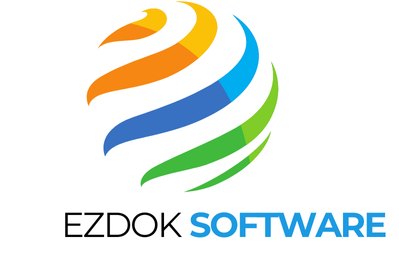AI image generation offers a transformative way for creators to visualize their ideas. With the right tools and techniques, anyone can produce stunning images. Input prompts play a pivotal role, directly influencing the quality and relevance of the output. This guide provides essential steps, tips, and comparisons of popular platforms to help artists and designers harness the potential of AI. Discover how to create visually captivating images easily and effectively, regardless of your experience level.
Understanding AI Image Generation
AI image generation is a transformative technology that leverages advanced algorithms to create images based on user input. These AI image generation tools are revolutionising the way artists and designers approach their work. By providing a detailed input prompt, users can guide the AI to produce specific visual content that aligns with their vision. This approach not only saves time but also expands creative possibilities.
Topic to read : 10 irresistible email opening lines to boost engagement
Input prompts play a crucial role in the quality of the generated images. The more detailed and clear the prompt, the better the AI can interpret and execute the desired outcome. This precision is vital for achieving high-quality results, making it essential for users to understand how to craft effective prompts.
For beginners, a beginner’s guide to AI images can be invaluable. It helps demystify the process, offering insights into how to effectively use these tools. By understanding the basics, users can harness the full potential of AI, creating images that range from realistic landscapes to abstract art.
Topic to read : How can UK-based SMEs use chatbots to improve customer service interactions?
The benefits of AI in creative industries are vast. It enables artists to experiment with new styles and concepts without the constraints of traditional methods, fostering innovation and efficiency.
Step-by-Step Guide to Generating AI Images
Creating AI images can be simplified into easy steps for AI image creation. First, select an AI image generator that suits your needs. Platforms like https://www.myimagegpt.com/ offer user-friendly interfaces and powerful capabilities. Once you’ve chosen a tool, the next step is to craft a detailed prompt. Understanding how to generate AI images involves providing precise and descriptive input to guide the AI effectively.
To enhance the quality and relevance of the output, follow these tips for effective AI image generation:
- Use specific language that clearly outlines your vision.
- Include details about style, colour, and mood to narrow down the AI’s focus.
- Experiment with different prompts to understand the tool’s capabilities and limitations.
After generating an image, customization is key. Most platforms allow adjustments to aspects like composition and styling, ensuring the final product aligns with your expectations. By following these steps, you can efficiently create unique and personalized images, leveraging AI to expand your creative potential.
Comparison of Popular AI Image Generators
The landscape of popular AI image generators is diverse, each offering unique features tailored to different user needs. Among the top contenders, platforms like DALL·E 3 and Google’s Imagen stand out. DALL·E 3 is lauded for its user-friendly interface and exceptional output quality, making it a favourite among creatives. On the other hand, while Google’s Imagen has shown improvements, it still lags behind in terms of image quality, suggesting it needs further refinement to compete effectively.
When conducting a comparison of image generation platforms, it’s crucial to weigh the pros and cons. DALL·E 3 excels in producing high-quality, detailed images but may require a learning curve for users unfamiliar with AI tools. Conversely, Google’s Imagen offers ease of use but compromises on the finesse of the final product.
User feedback often highlights the advantages of AI-generated images, such as time efficiency and creative flexibility. However, some users express concerns over the lack of copyright protections and ethical implications surrounding AI-generated content. As technology evolves, these platforms are likely to continue reshaping creative processes across industries.
Best Practices and Troubleshooting Tips
Navigating the world of AI image generation requires understanding both the best practices for AI image creation and the challenges that may arise. To enhance image quality, focus on crafting detailed prompts. This ensures the AI interprets your vision accurately, resulting in superior output. Including specifics like style, colour, and mood can significantly impact the final image.
Avoid common pitfalls such as vague prompts, which often lead to disappointing results. Users should also be aware of the tool’s limitations to set realistic expectations. Experimentation is key; try various prompts to discover what works best with your chosen AI generator.
When facing challenges in AI image creation, troubleshooting common issues is essential. If an image doesn’t meet your expectations, consider adjusting the prompt or trying a different tool. Technical glitches can occur, so ensure your software is up-to-date and compatible with your device.
By adhering to these strategies and being proactive in addressing issues, you can maximise the potential of AI image generation, creating stunning visuals that align with your creative goals.











